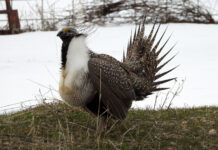The Great Salt Lake Collaborative is a group of news, education and media organizations – including The Globe and student journalists at Salt Lake Community College – that have come together to better inform and engage the public about the crisis facing Great Salt Lake.
The following story was originally published by The Salt Lake Tribune, a collaborative partner.
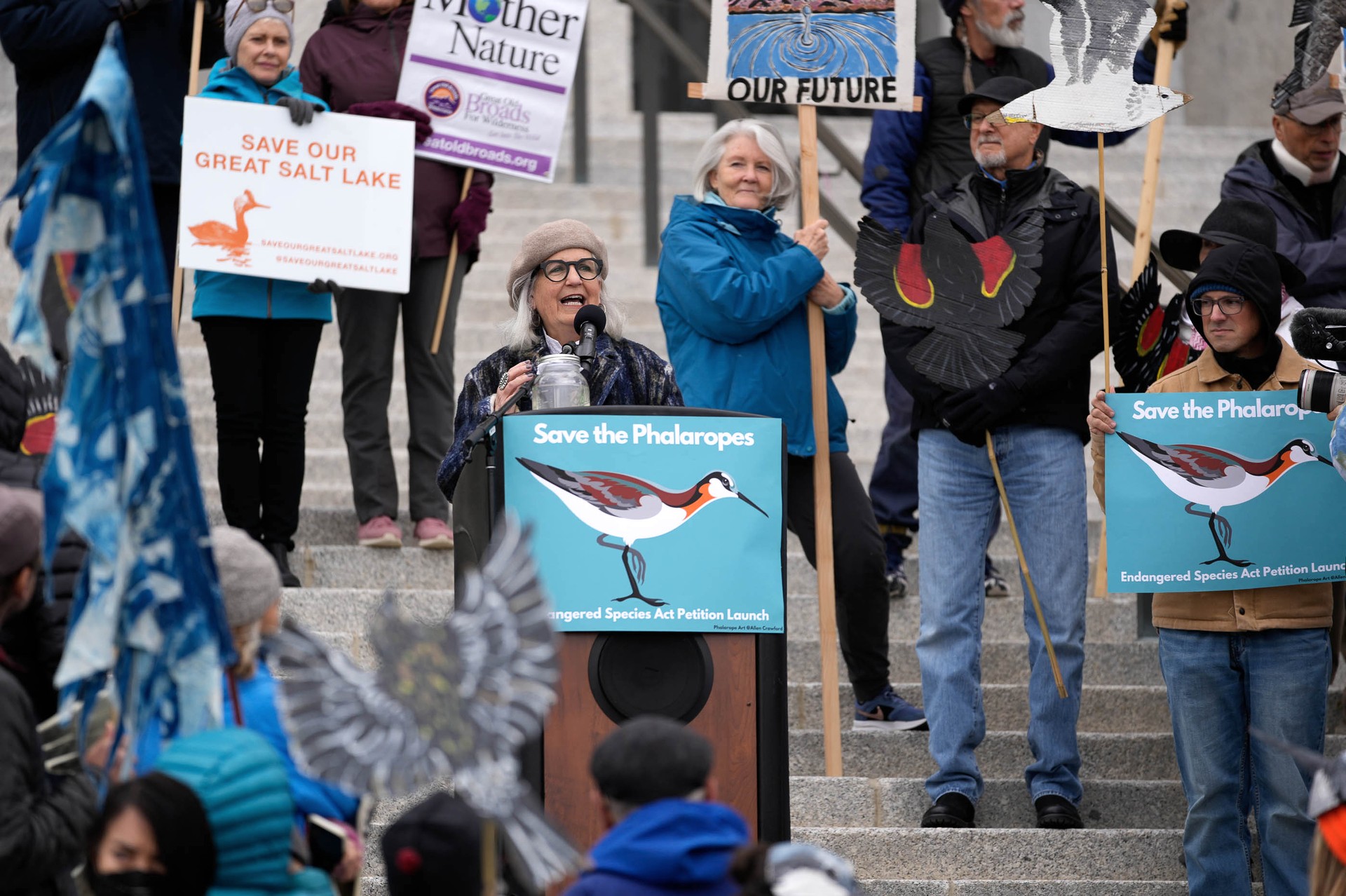
Hundreds of migrating bird species depend on the imperiled Great Salt Lake for survival each year. A petition has called on the federal government to protect at least one of them from extinction.
Famed Utah writer and naturalist Terry Tempest Williams joined scientists, physicians, artists and environmental advocates on March 28 in calling for a threatened species listing for the Wilson’s phalarope.
The pint-size shorebirds undertake a remarkable migration each year, flying from Canada to Argentina and Chile. They must stop by saline lakes and marshes in the Western United States to rest and refuel during their long journeys. But the hemisphere’s salty lakes keep shrinking due to human water use, from growing lawns and cattle feed in Utah to mining lithium in South America.
“Today is a threshold moment,” Williams said from the steps of Utah’s Capitol during a rally on March 28. “The future of Great Salt Lake is no longer confined to being a local concern or a state concern, but a national priority with global implications.”
Wilson’s phalaropes are among the Great Salt Lake’s most charismatic visitors. They completely molt, regrow their feathers and double their weight during their stopover there. Unlike most bird species, phalarope females are larger with brighter plumage. They court the males, then the males tend the eggs and raise the chicks.
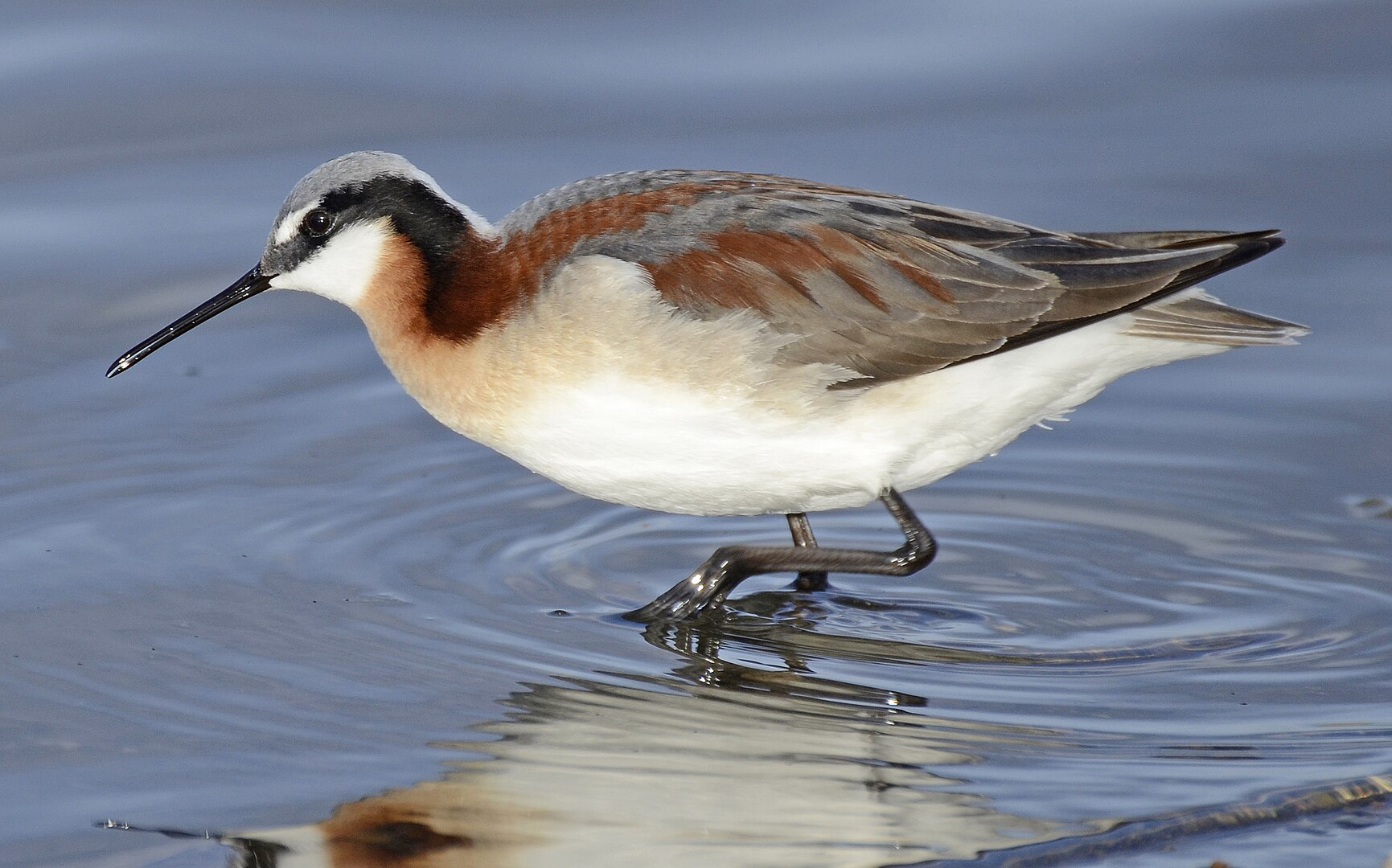
“They are a progressive species,” Williams joked. “The female engages in polyandry, the female equivalent of polygamy. A bird worthy of our respect, especially in Utah.”
Phalaropes also have a unique feeding pattern. They spend most of the day in the water, spinning in circles and creating vortices that help them gobble up brine flies and brine shrimp.
Those key food species nearly collapsed when the Great Salt Lake hit its lowest recorded elevation in 2022. Other salty systems phalaropes depend on aren’t fairing much better. Lake Abert in Oregon has dried up multiple times in the last decade. California’s Mono Lake received some protection after a band of scientists and students sued the state, but in three decades, it has not managed to rise to a mandated minimum elevation.
Williams and the Mono Lake Committee joined the Center for Biological Diversity, ecology professor Ben Abbott, Utah Physicians for a Healthy Environment, Utah Youth Environmental Solutions and others in formally petitioning the U.S. Fish and Wildlife Service for protection of the phalaropes as a threatened species under the Endangered Species Act.
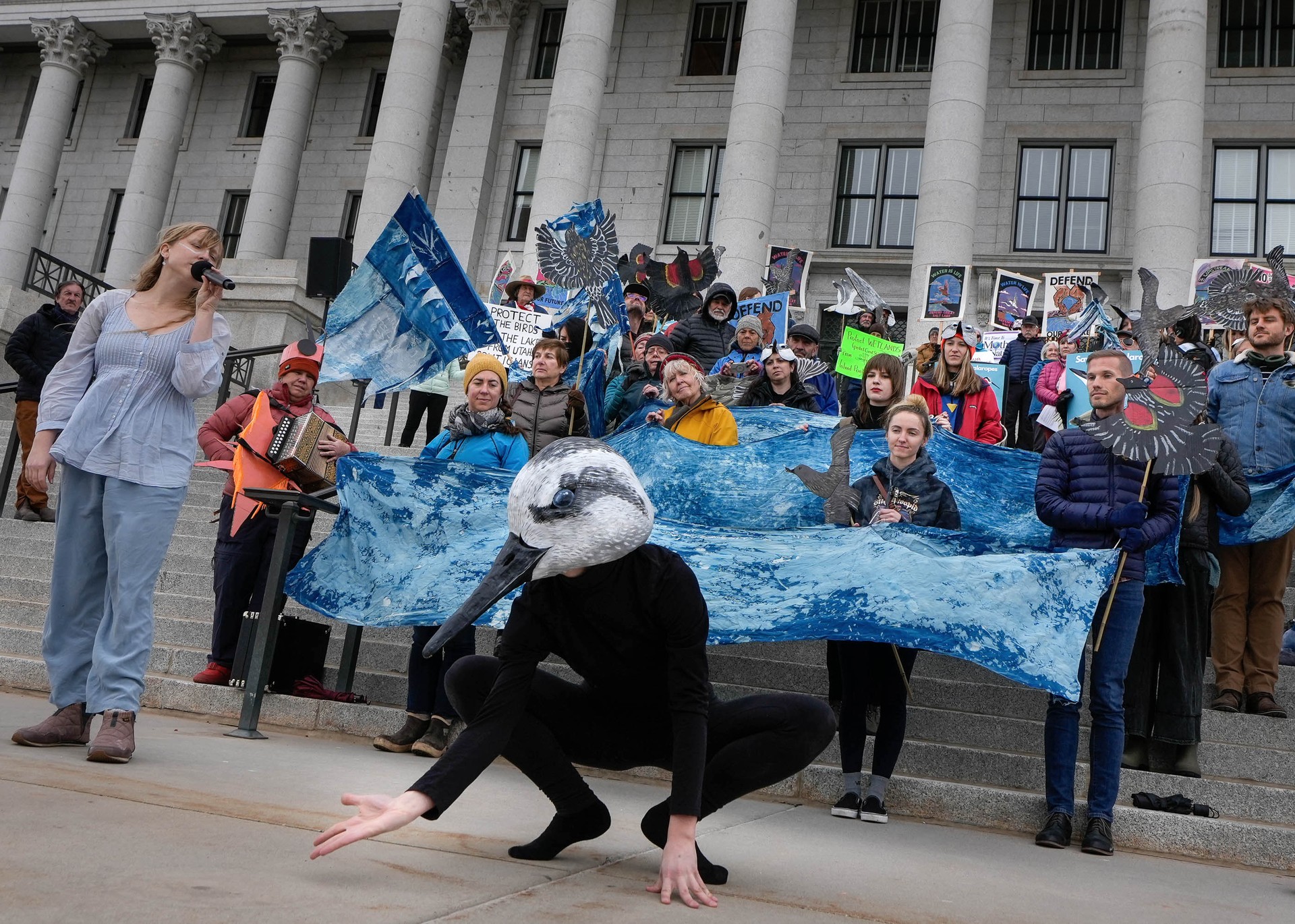
At the Great Salt Lake, which hosts more Wilson’s phalaropes than any other U.S. saline system by far, populations have declined by 36% since the 1980s, the petition document notes. At Great Salt Lake, Mono Lake and Lake Abert combined, populations have dropped by 42%.
“Many, many people have been working on this around the hemisphere,” said Ryan Carle, science director at Oikonos Ecosystem Knowledge and author of the petition. “Everyone is very worried. And everybody is watching Great Salt Lake.”
At their rally announcing the petition, participants danced and sang. They carried flocks of painted bird puppets. They waved cloth wings and water. They even featured a jar of live brine shrimp on the lectern.
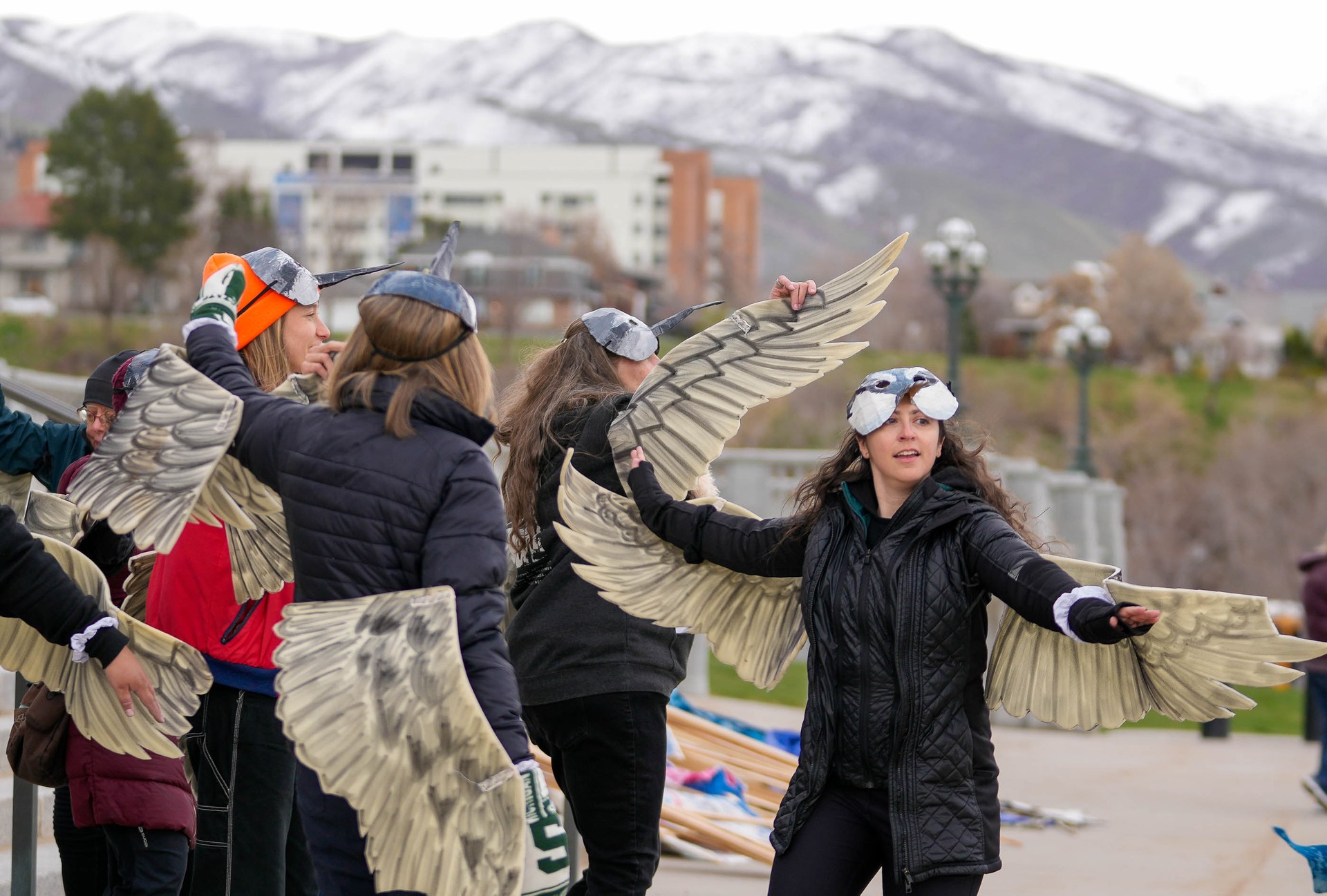
Williams called the Endangered Species Act an act of love and compassion. She called the Wilson’s phalarope Utah’s “canary in the coal mine.”
“There is no separation between a healthy phalarope population and a healthy human population along the Wasatch Front,” she said. “Both of our lives are threatened by a shrinking Great Salt Lake.”
‘Less autonomy for the state’
The implications of a threatened species listing for such a small bird — which only weighs a few ounces — carry massive implications for Utah residents. Brigham Daniels, a professor at the University of Utah’s law school and director of its Great Salt Lake Project, cowrote an analysis of the petition.
If the federal government determines the phalarope is endangered, Daniels wrote, “it is because the Great Salt Lake is endangered.”
“It might be easy to dismiss this as, ‘Who cares about this bird?’” the professor said in an interview. “The bigger point is, we all have a stake in the Great Salt Lake thriving here.”
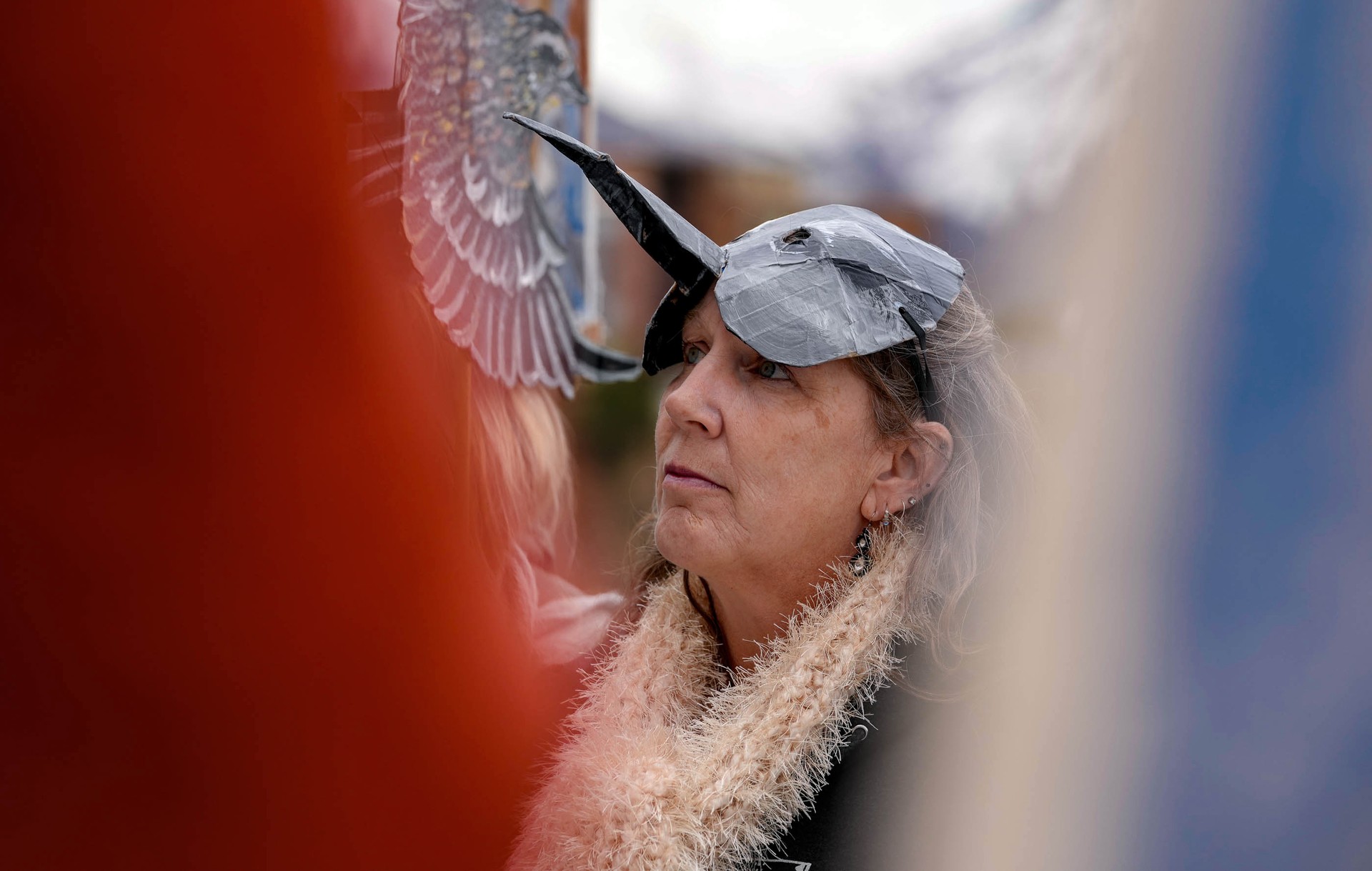
An endangered or threatened listing gives the federal government authority to fine or even imprison people and water users who harm the phalaropes, even if it is unintentional.
“At the biggest level,” Daniels said, “what it will mean is less autonomy for the state.”
U.S. Fish and Wildlife has a year to issue a decision on the petition, although it frequently misses that deadline. Petitioners often have to take the budget-strapped agency to court to get a determination, Daniels noted. But in the meantime, Utah can work with the federal government to develop a plan to conserve phalaropes — and by extension, the Great Salt Lake — thereby avoiding legal entanglements and heavy-handed measures required under the Endangered Species Act.
Daniels pointed to the successful Conservation Plan for the Greater Sage Grouse that Utah, the federal government and other stakeholders developed together a decade ago.
“A big lesson to be learned,” Daniels said, “is [the cooperation between all these entities probably provided more protection to the sage grouse than anything the Fish and Wildlife Service could have done [alone].”

Bringing more water to the Great Salt Lake to protect and preserve its birds will take more work with more collaborators, Daniels added.
“But I’m confident a lot can be done here,” he said. “The smartest strategy for the state to take is to put itself in a position where it can most credibly make the case that it’s doing everything it can to save the lake.”
Lawmakers passed a flurry of bills in recent years overhauling Utah’s antiquated water law. They funneled hundreds of millions of dollars toward municipal and agricultural conservation. They reeled in unfettered water consumption by mineral industries operating on the lake. They created a Great Salt Lake commissioner, who developed a long-term strategy for bringing the lake back to a sustainable elevation.
“This decision by the Fish and Wildlife Service is not going to be made overnight,” Daniels said. “Any headway the state can make to getting more water to the lake now is the best argument it can make that it’s up to the job.”



